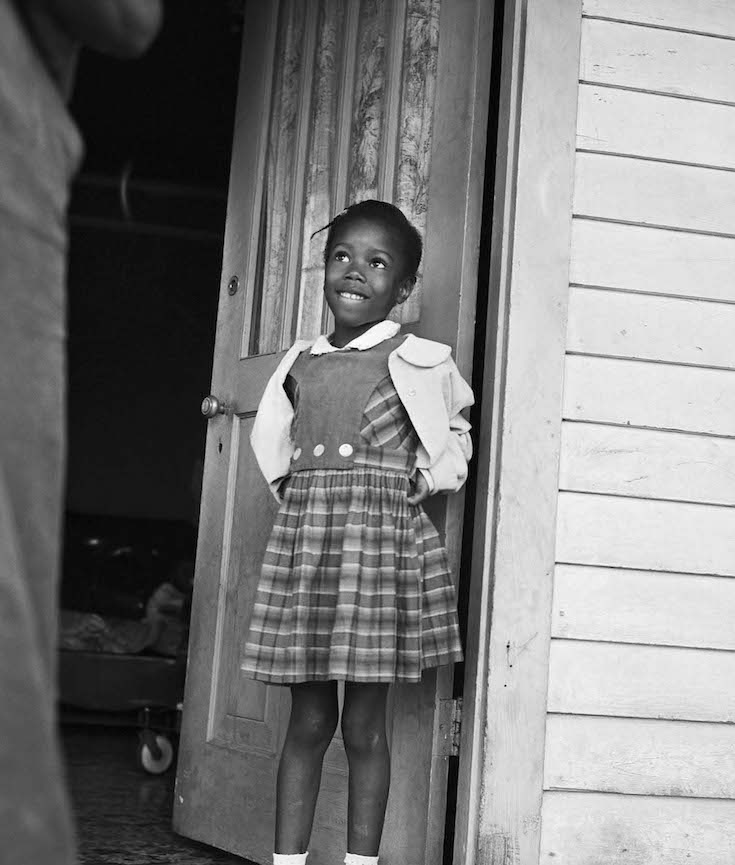[dropcap]Ruby[/dropcap] was born in Tylertown, Mississippi, to Abon and Lucille Bridges. When she was 4 years old, her parents, Abon and Lucille Bridges, moved to New Orleans, hoping for a better life in a bigger city. Her father got a job as a gas station attendant and her mother took night jobs to help support their growing family.
The fact that Ruby Bridges was born the same year that the Supreme Court’s Brown v. Board of Education decision desegregated the schools is a notable coincidence in her early journey into civil rights activism. When Ruby was in kindergarten, she was one of many African-American students in New Orleans who were chosen to take a test determining whether or not she could attend a white school. It is said the test was written to be especially difficult so that students would have a hard time passing. The idea was that if all the African-American children failed the test, New Orleans schools might be able to stay segregated for a while longer. Ruby lived a mere five blocks from an all-white school, but attended kindergarten several miles away, at an all-black segregated school. Bridges was one of six black children in New Orleans to pass this test.
On the morning of November 14, 1960, federal marshals drove Ruby and her mother five blocks to her new school. While in the car, one of the men explained that when they arrived at the school, two marshals would walk in front of Ruby and two would be behind her. The image of this small black girl being escorted to school by four large white men inspired Norman Rockwell to create the painting “The Problem We All Must Live With“, which graced the cover of Look magazine in 1964.
[mc4wp_form id=”6042″]




NATIONAL MUSEUM OF AFRICAN AMERICAN HISTORY & CULTURE | WASHINGTON, DC
The National Museum of African American History and Culture is the only national museum devoted exclusively to the documentation of African American life, history, and culture. It was established by Act of Congress in 2003, following decades of efforts to promote and highlight the contributions of African Americans. To date, the Museum has collected more than 36,000 artifacts and nearly 100,000 individuals have become charter members. The Museum opened to the public on September 24, 2016, as the 19th and newest museum of the Smithsonian Institution. (Biography.com).


You must be logged in to post a comment.